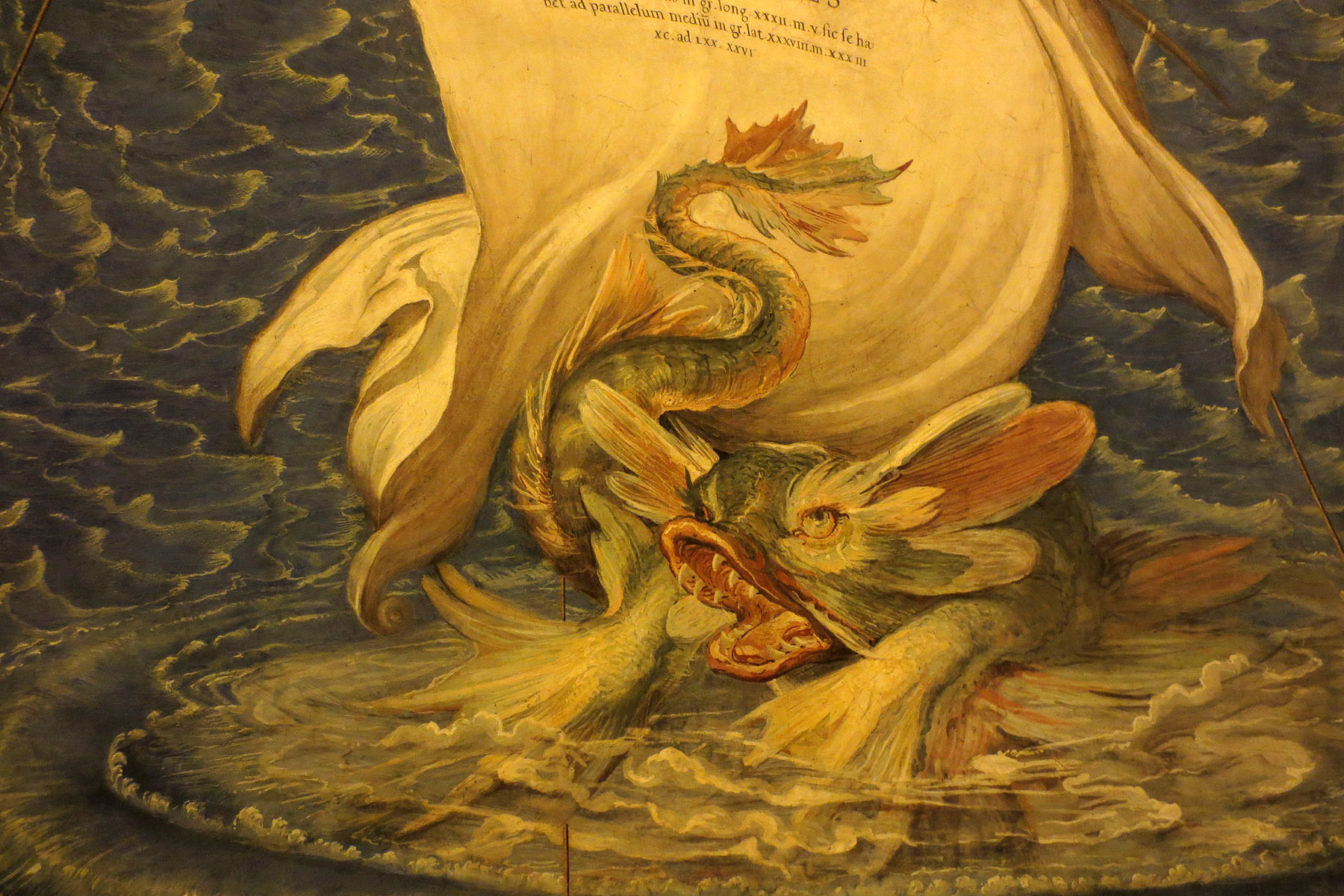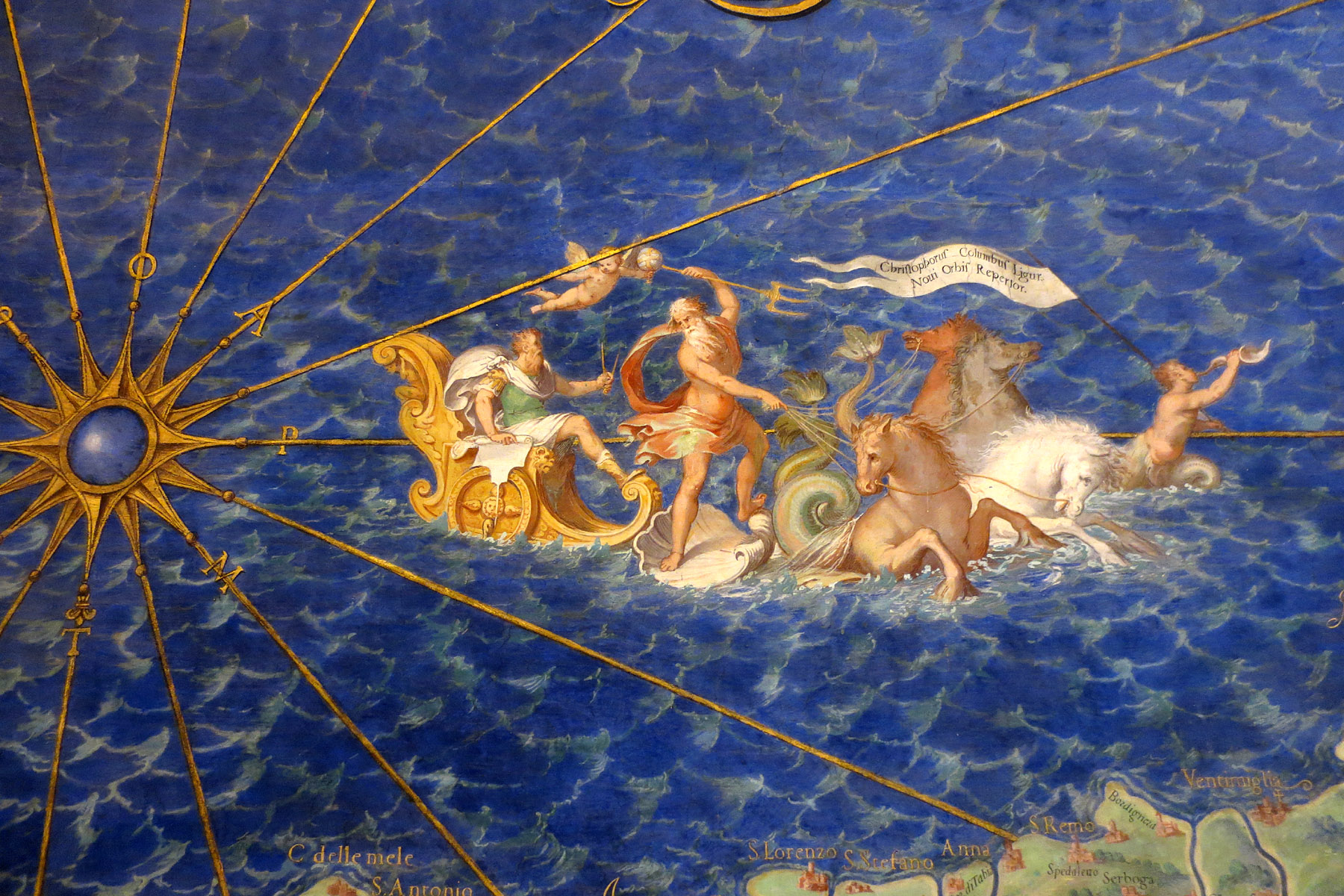I have a deep and abiding love of Medieval Manuscripts, there’s always more to discover and wonder over, and here’s a new and delightful discovery to me, the early repairs of manuscripts, where beautiful embroidery was utilised to repair flaws in the parchment.

A plain-colored stitch incorporated into a drawing. Gerald Raab/ Courtesy Staatsbibliothek Bamberg.
In the Cantonal and University Library in the ancient city of Fribourg, Switzerland, is a 14th-century manuscript with some gloriously beautiful defects. Scattered throughout the text are small tears and holes. And many of them have been carefully, intricately stitched together with colorful thread.
[…]
Holes in the parchment weren’t always dealt with, but when they were, any repairs needed to be done before it could be written on. This might include both patching over holes and evening out edges, explains Sciacca. The repair method could be crude or rudimentary—“Frankenstein” repairs, as Sciacca jokingly calls them—but, as writer Paul Cooper recently highlighted, sometimes they could be quite beautiful.
In that same 14th-century text in Fribourg, a single page is elegantly adorned with two sets of thin stitches, one pink, one green. Elsewhere in the same manuscript there are rainbow-hued repairs of different shapes and sizes. In a text held at the Engelberg Abbey library in Switzerland, stitches at the edge of the page create a “rope”, as Sciacca refers to it, to fill in the edge of the parchment. And from the same library, the missing side of one page has been patched with an additional square of parchment.

A series of repairs made in James of Voragine’s 14th-century Golden Legend. Courtesy Cantonal and University Library Fribourg, Switzerland, Ms. L 34.
As medieval book historian Erik Kwakkel points out, these repairs must have been common in certain monasteries. “Where I was finding a lot of these embellishments were in manuscripts that came from either nunneries, or from what they call in Germany, double cloisters,” Sciacca says. “So you have this paired male and female monastic community. They live separately, but they’re allied with each other, and they’re physically located next to each other. So it seems that this may be part of what was, in fact, women’s training, what was nuns’ training, which was to practice embroidery. And they were doing it not just on textiles, but also actually in manuscripts.”
Stitching wasn’t the only way to make the best of flawed parchment. There are instances of holes being incorporated into illustrations, or used to reveal an illustration on the following page. The stitches themselves could even be embellished. In a text in Germany’s Bamberg State Library, a curve of plain-colored stitching is surrounded with the drawing of a man so that the thread resembles his skeleton.
You can read much more, with lots of links, and see much more at Atlas Obscura. Fascinating!


























